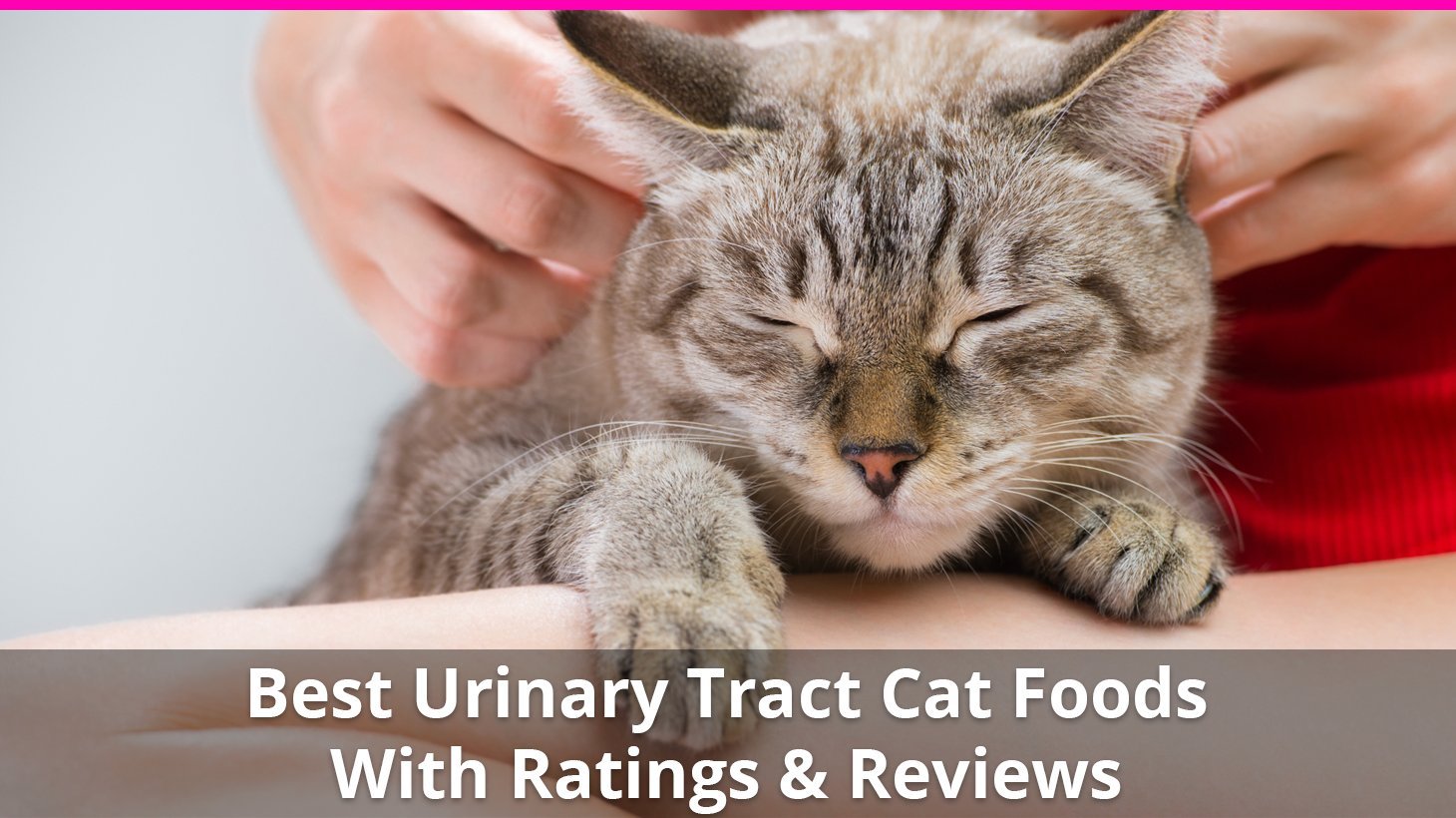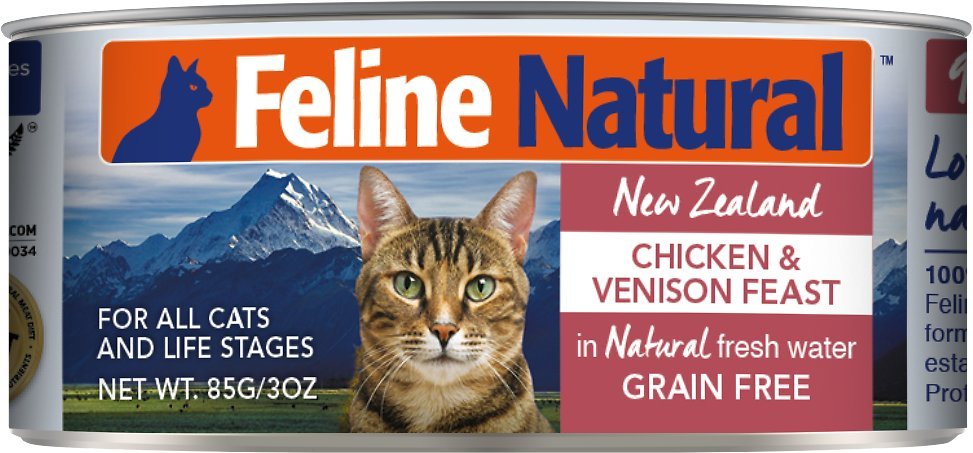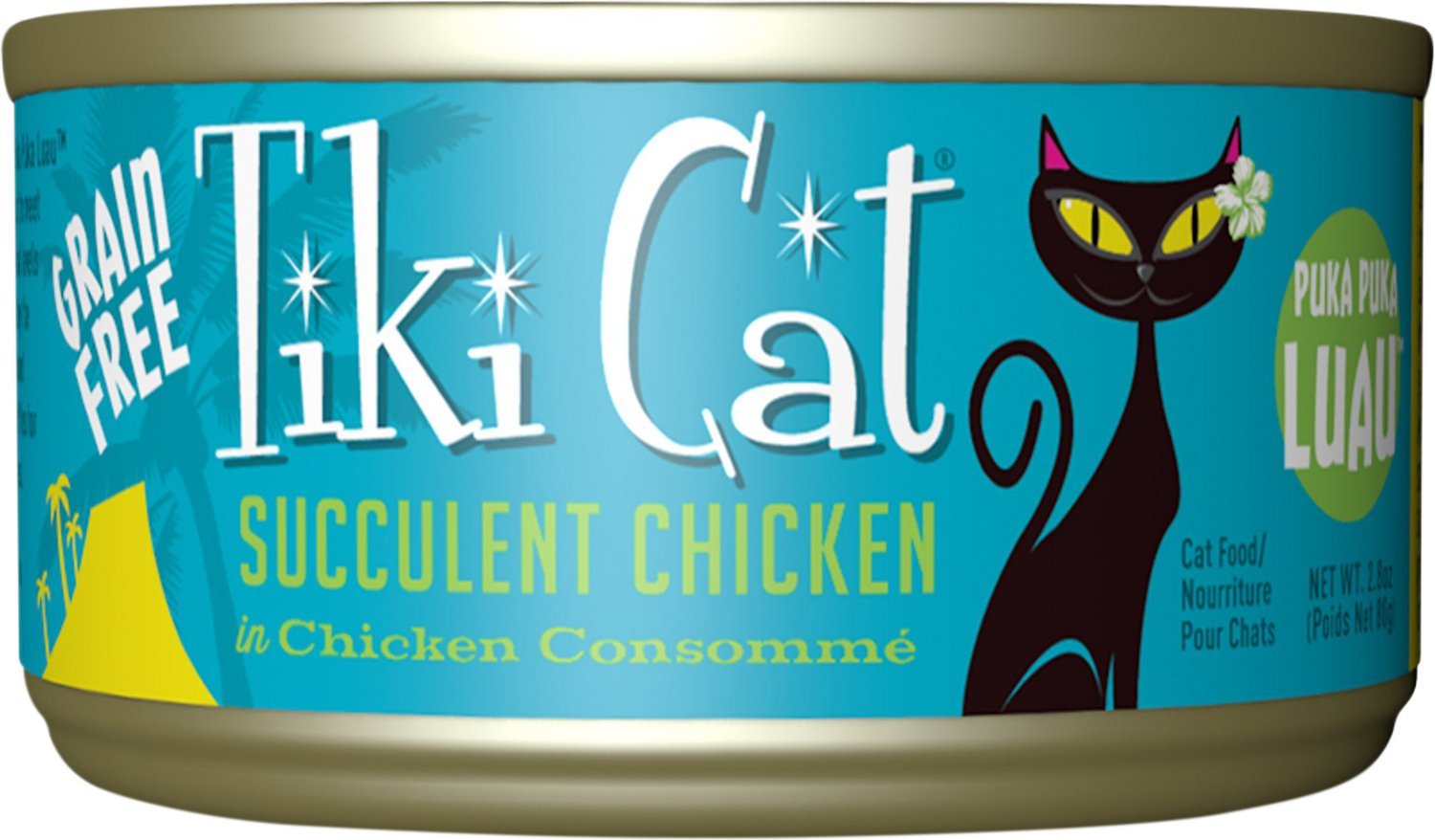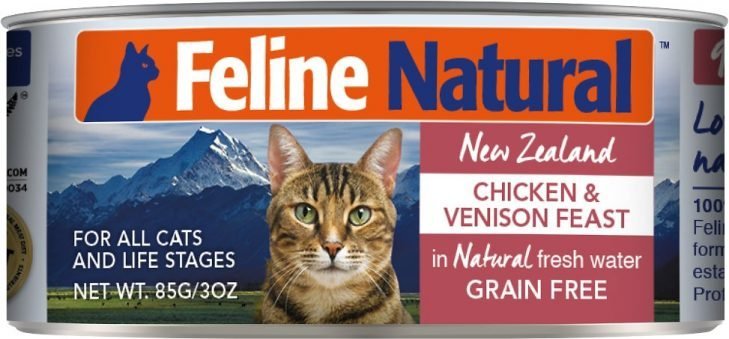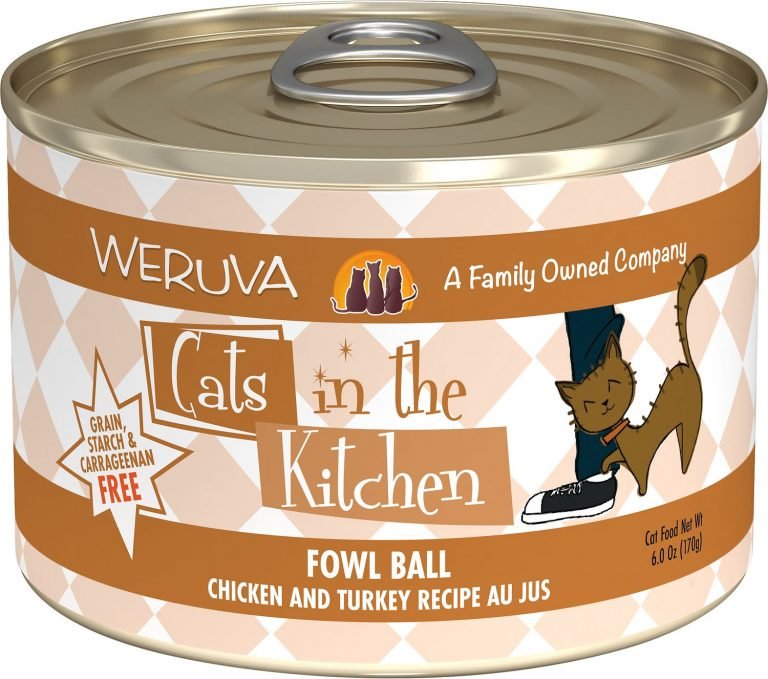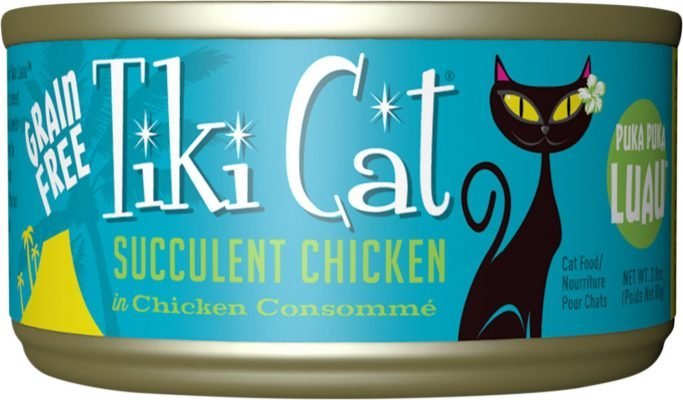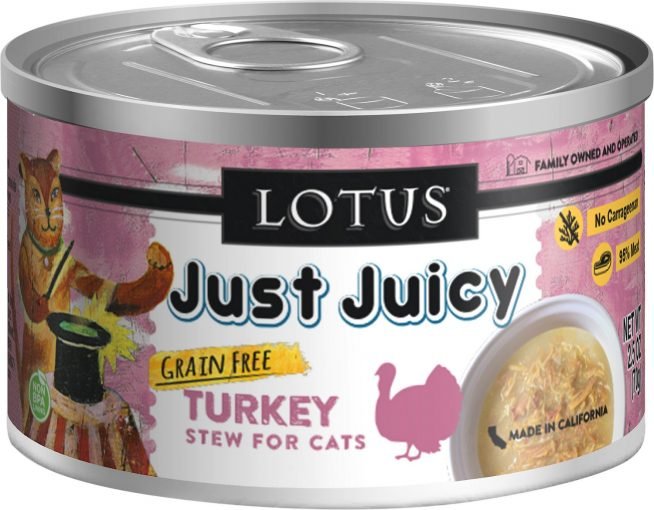If your cat is suffering from urinary tract issues, including pain and trouble urinating, one of the most likely reasons is that he’s not eating the right food.
One of the biggest reasons for urinary tract issues in cats is an over-reliance on dry cat food.
Most urinary issues in cats will be cleared up by introducing much more moisture into their diet, by switching to a wet, canned cat food, and ensuring plenty of water is consumed.
Since dry cat foods are almost entirely to blame for the most common urinary issues, we do not recommend feeding them if your cat is suffering.
Instead, we’ll be reviewing only wet cat food below that will aid in urinary health.
Our review process is unbiased and based on extensive research. If you buy through the links on our site, we may earn a commission.
Quick-Find Best-In-Class Table
Editor’s Choice
Why Might Cats Have Urinary Tract Issues?
The first thing you should figure out is why your cat has urinary tract issues, and what exactly is happening to cause the problem so that you can get a return to urinary health as soon as possible.
For the best overview on the subject we’ve found, I highly recommend familiarizing yourself with cat urinary tract diseases by reading this page from Lisa Pierson, DVM.
Most of what we’ll talk about here comes directly from CatInfo.org (the link above).
There are 3 main urinary tract diseases (collectively referred to as FLUTD, or Feline Lower Urinary Tract Disease) that can cause trouble (and severe pain!) for your kitty.
UTIs
Surprisingly, urinary tract infections are very rare, and are over-diagnosed.
Studies show that roughly 1-2% of cats with urinary discomfort actually have an infection.
This misdiagnosis leads to an over-use of antibiotics, which is not good for your cat (and will do nothing to help).
UTIs can occur anywhere from the kidney to the urethra.
According to Lisa Pierson, “urinary tract infections are rare in cats without a concurrent disease such as kidney insufficiency, diabetes, or hyperthyroidism.”
Of course if it truly is an infection, antibiotics should be administered by your vet.
Make sure to read the page I linked to before discussing with your vet, as many will misdiagnose and prescribe antibiotics when they’re not necessary.
Cystitis
Cystitis is an inflammation of the bladder wall.
This is an incredibly painful disease for a cat, and Lisa Pierson recommends pain medication be administered (she specifically recommends Buprunex).
The causes of cystitis range from stress to a consumption of dry cat food.
If this is what your cat is suffering from, consider ways to reduce her stress, and immediately switch to feeding a wet food.
Also ensure that there is a running water source nearby, since cats have a low thirst drive and prefer drinking from moving water sources. I recommend getting a cat water fountain for this.
Urethral Blockage
The most dangerous (potentially life-threatening) disease related to the urinary tract is a urethral blockage.
This is much more common in male cats than in female cats, as female cats have a longer urethra.
The biggest cause of a urethral blockage is feeding only dry food.
Therefore, the best thing you can do to fix this urinary health issue is to start feeding a wet food immediately.
It’s important that you monitor urine output by using a good scoopable cat litter. If you find your cat is peeing only small amounts at one time, or if he goes to the litter box but you find no clumps, this could be a sign of urethral blockage and should be taken VERY seriously (i.e., get to the vet!!).
You’ll also want to make sure your cat’s litter box is large and cleaned often, to make it as comfortable as possible, since they may begin to associate negative feelings (pain, discomfort, and annoyance) with the litter box, and you want it to be as inviting as possible.
There is a lot more to know about this, so again, please consider reading this page.
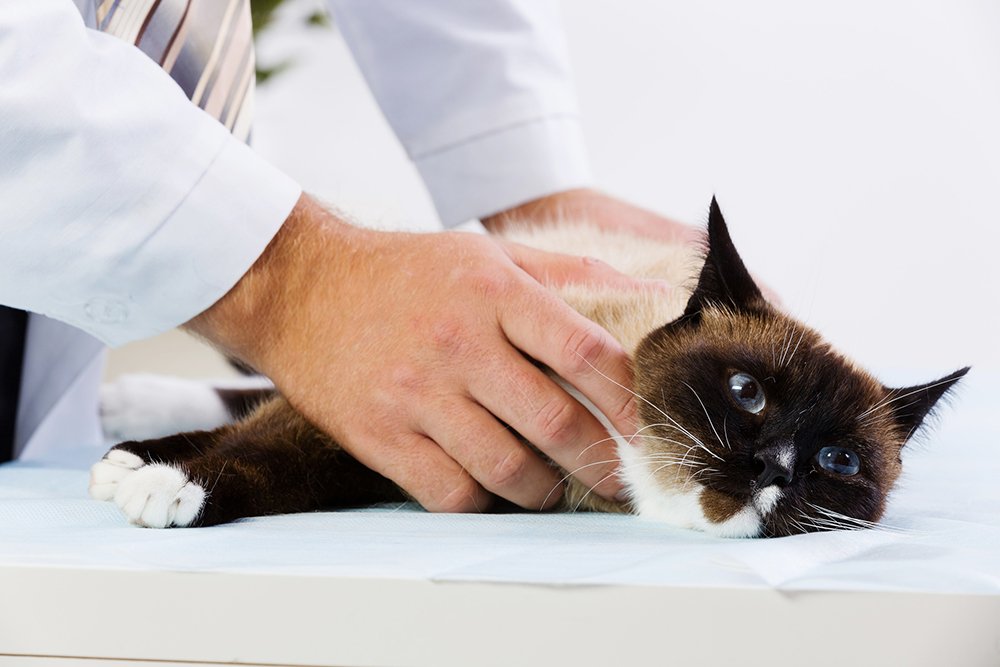
What To Look For in a Cat Food for Urinary Tract Health
First and foremost, you want a cat food that has high moisture content.
Water is the single most important thing to be focused on in most cases of urinary tract health issues for cats.
Therefore, it is imperative that you choose a wet cat food (which we’ll review below).
Another issue you’ll want to consider is whether you need a low phosphorus cat food.
If bladder stones or crystals become a problem, you should find a low phosphorus food (Lisa Pierson recommends 1-2% on a dry matter basis, or less than 300 mg/100 calories).
Fish, which are typically included in foods with their bones, have a higher phosphorus count, so stay away from fish-based cat foods (which is a good rule anyway, as fish are not a common, biologically appropriate protein source for cats).
Should You Buy Prescription Urinary Tract Cat Food?
You should almost never buy prescription urinary tract cat food.
This is because the vast majority of prescription cat food is very, very low quality, and filled with ingredients that a cat should not be eating, like corn and other grains.
They’re also usually very low in protein, which is not at all biologically appropriate for your furry obligate carnivore friend.
Many of these diets promote acidic urine, which can help dissolve struvite crystals. However, feeding an overly acidic food can lead to the creation of calcium oxalate crystals, which is another problem entirely.
Also note that meat-heavy cat foods are naturally slightly acidic, and provide a perfect “happy medium” between the two extremes.
Foods high in carbohydrates are more alkaline, which means they’re more likely to cause struvite crystals. Also, carbs have no place in a cats diet, so you shouldn’t be feeding them in high quantities if you want a healthy cat anyway.
Therefore, your food should be high in natural meat proteins, which is not the case for most prescription foods.
CatInfo.org recommends that in very rare cases, she feeds Hill’s canned s/d for a brief time period if particularly bad urinary tract stones are present (as long as you have a high certainty that they’re struvite crystals, not calcium oxalate).
The very high acidity of this food may help to dissolve the stones, but do not feed for more a couple of months.
If the stones don’t go away, they may be calcium oxalatae, and you should stop feeding it immediately.
How We Choose The Best Urinary Tract Cat Food
There are clearly a lot of things to consider when choosing the best cat food for urinary tract health!
All of the foods we recommend first and foremost must be good quality cat foods.
That means biologically appropriate high levels of protein, full of meat ingredients, plus no fillers or added carbohydrates.
From there, we only selected wet cat food.
As noted above, dry cat food is one of the leading causes of urinary tract disease in cats.
Finally, we selected a number of low-phosphorus foods, in case bladder stones or crystals are causing your cat issues.
The bottom line is this:
You should be feeding your cat a high quality, high-protein, wet cat food whether or not she has urinary issues…but especially if she has urinary issues.
Now, how did we pick these specific foods and the ratings we gave them?
We have a massive database of cat foods (over 2000+ foods), which we’ll explain a little bit more below. But it’s important to mention what criteria we used when creating this list of the best urinary tract foods.
In our list of foods, we rate them from 1-5 using 5 different grading points. The cat foods below are all AT LEAST a 4 out of 5 stars. That means they’re much better than average.
What Cats Actually Want To Eat
Studies on both indoor, commercially-fed cats, and feral and stray cats show that cats will self-select food sources that result in a macronutrient profile in this range (dry-matter basis used):
- Protein: 52-63%
- Fat: 22-36%
- Carbohydrate: 2.8-12% (with “wild” cats on the very low end of this range)
What we believe this shows is that cats have evolved to thrive on a high protein, moderate fat, and low carb diet.
How We Rate Foods
Our database of cat foods contains over 2000 individual foods.
We collected all the relevant information on each product, including:
- AAFCO Rating
- Ingredient list
- Macronutrient profiles (Guaranteed Analysis, Dry-Matter Basis, and Caloric Basis)
- Price and price per pound
- Calories per 100 grams
- Whether meat is the first ingredient
- How each food compares to the average of all foods on a macronutrient basis
- Whether the recipe uses more than 4 controversial ingredients
Each of these data points works together to form a star rating on a 1-5 star scale (including half points).
- If the food’s first ingredient is meat, it gets 1 point.
- If the food does not use unnamed meat ingredients (“meat by-products”), it gets 1 point.
- If the food has an above average protein level on a dry-matter basis, compared to all other foods in the database, it gets 1 point. If it has an average amount, it gets .5 points.
- If the recipe contains fewer than 4 controversial ingredients (not necessarily bad ingredients), it gets 1 point. If it contains exactly 4 it gets .5 points.
- The final available point is a discretionary point that we award based on things like carbohydrate content, inclusion of probiotics and vitamins, and other points, and is our judgement call on a food’s quality and biological appropriateness for your cat.
We think that this system provides a fair, transparent system by which we can compare all foods on an equal footing, and give you the easiest possible time when choosing the best of the best.
Reviews Of The Best Urinary Tract Cat Foods
Feline Natural Grain-Free New Zealand Chicken & Venison Canned Cat Food
This is a seriously amazing pet food, and another one of our top canned food choices.
The first 5 ingredients are chicken and venison meat, with a TON of organ meat to deliver micronutrients like vitamins and minerals.
This closely mimics what cats love to eat, and you can tell it’s packed with protein by looking at the macronutrient levels above.
Other than chicken and venison, there’s green lipped mussels, which are an amazing ingredient found only in a few of the highest quality cat foods. It’s a fantastic natural joint supporting ingredient, and is great for ensuring your cat ages with grace.
There’s some natural fiber added, and then otherwise it’s just additional amino acids, minerals, and vitamins. They don’t even have to add very many of these, because the food itself delivers so many of them, which is VERY rare in the cat food industry.
It’s seriously hard to beat the ingredients and how high in quality they are, and is an easy choice to recommend here for urinary tract issues with it’s high protein and low phosphoros content.
>> Tap Here To Read More Reviews And Get Today’s Best Price on Chewy <<
This is a very high protein, very low phosphoros food, which is perfect for cats with urinary tract crystals.
The carbohydrate count seems high, but we think it’s actually lower. We use the guaranteed analysis that pet foods are required to label, but those can be misleading in some cases.
Looking at the ingredient list, the only ingredients are meat, a couple of thickening agents, fish oil, vitamins, and minerals.
There are no added filler ingredients, so we’re fairly sure that it is even lower carb than the results show.
And that’s what we love about it: high protein, no fillers!
Of course we would prefer to see something with organ meat, but otherwise this ticks most of the boxes you should be looking for in a urinary tract cat food.
>> Tap Here To Read More Reviews And Get Today’s Best Price on Chewy <<
Tiki Cat is one of the most dependable brands in cat food…almost every single one of their recipes is great.
The only thing is, they usually have a lot of fish in them.
That’s not our favorite for two reasons.
- Cats don’t typically eat fish in the wild, and fish are much more likely to cause health issues than other protein sources
- Fish are especially bad for cats who require a low phosphoros food
Happily, Tiki Cat also has some non-fish flavors, like this one, which is made with pretty much only chicken.
You’ll notice the incredibly high protein in this food, which is actually even higher than we’d like it to be, since there’s not a lot of fat.
We’d also like to see some organ meats like liver in there.
However, if you’re looking for the highest protein for your buck, without much phosphoros, this is a great option.
There’s literally nothing but chicken, sunflower oil, and vitamins and minerals in here. Talk about limited ingredient!
>> Tap Here To Read More Reviews And Get Today’s Best Price on Chewy <<
Another very low phosphoros cat food, Lotus Just Juicy Grain Free Turkey flavor is a great option for cats with urinary crystals.
The first four ingredients you see there are literally the only ingredients except a bit of olive oil (and the usual vitamins and minerals).
Super limited ingredient means there’s nothing in here that would cause more damage to your cat’s urinary system.
Once again, organ meat is lacking, which is why this is lower on our list, but it has just the right amount of protein, and decent fat content.
The potato starch we could definitely do without, as it raises carbs unnecessarily, but overall it’s a good choice.
>> Tap Here To Read More Reviews And Get Today’s Best Price on Chewy <<
As you can see, there are some good foods out there to help your kitty with urinary tract issues, but our favorite is still Feline Natural, for it’s fresh, human-grade approach, convenient delivery, customized serving size, and overall biological appropriateness.

